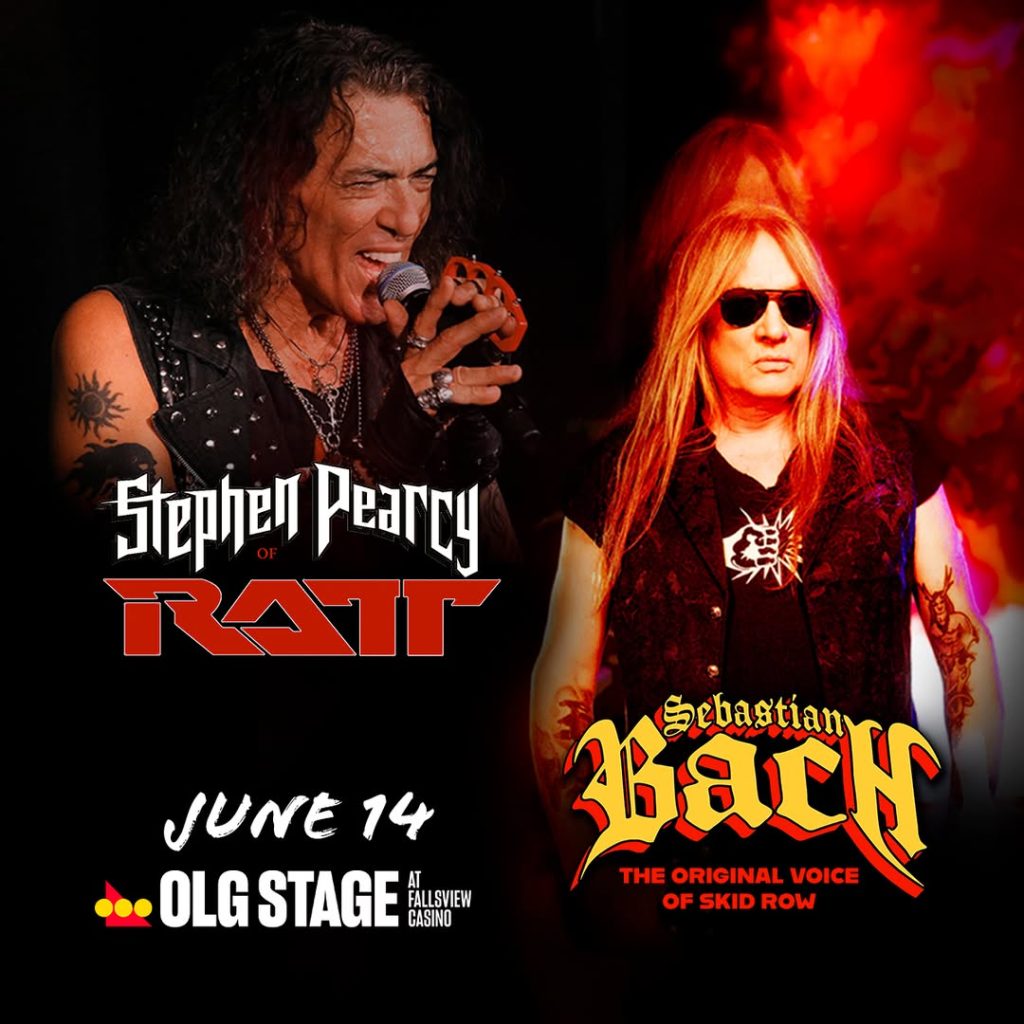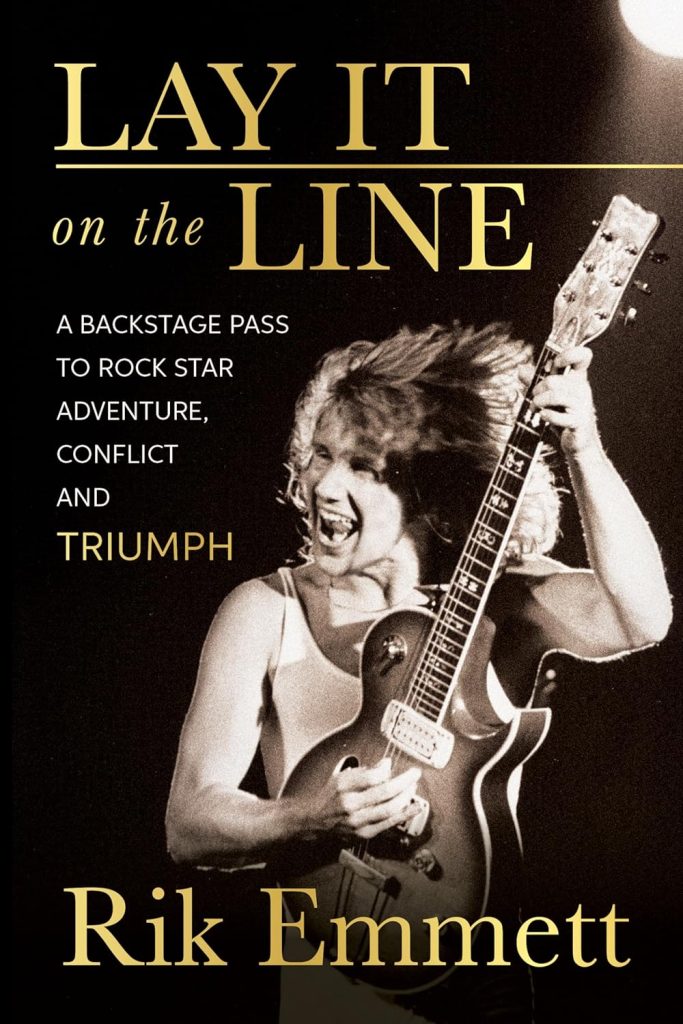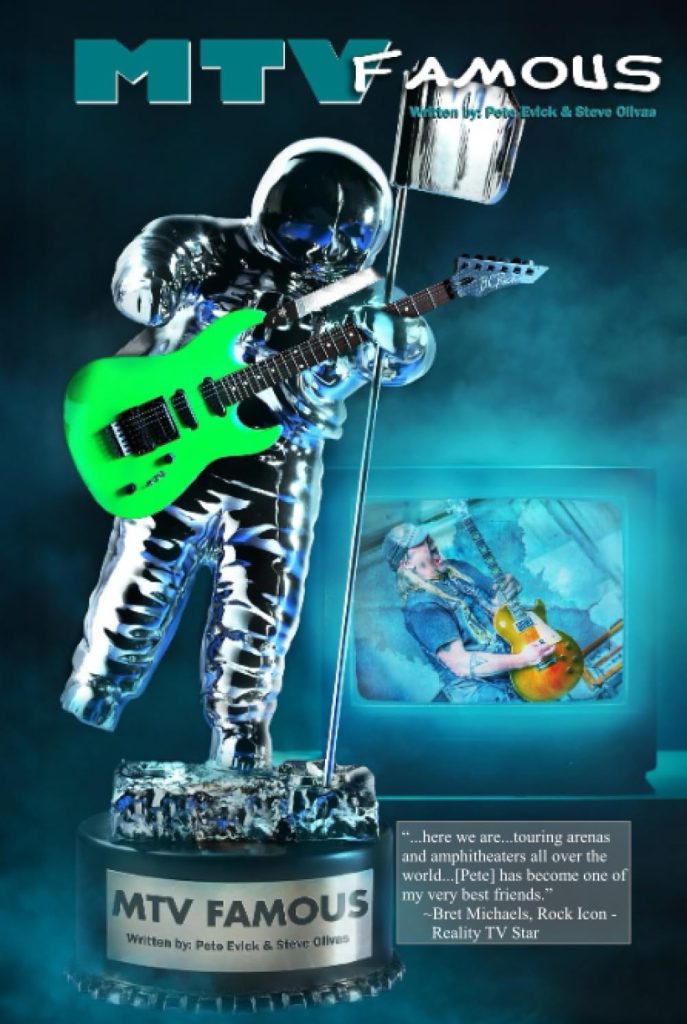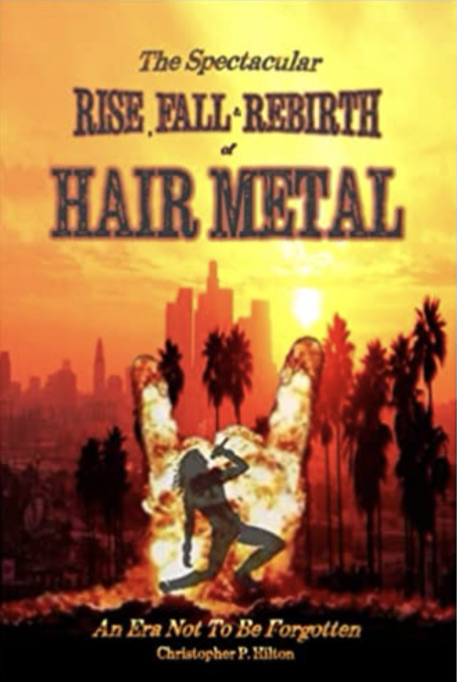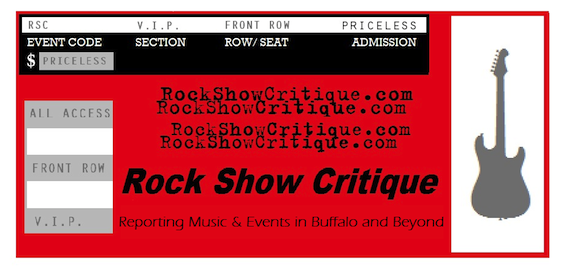
Artist Spotlight
Grateful Dead
Thom Jennings
This year marks the 50th anniversary of The Grateful Dead, an iconic group that redefined live music and a model that defied the conventional rock stars with hit albums approach.
As I get older, my appreciation for the music of The Grateful Dead increases. It has been a work in progress, and oddly enough, The Dead completely changed my thoughts on what a concert should look like from a musical and fan perspective.
As with any band that had a long tenure, I have an era and lineup that are my favorite. My first Grateful Dead show was on September 26 1981 in Rochester NY. During that period of my life I was attending tons of live concerts and had come to rate them based on flashpots, lasers, lighting, fog and guitar heroics.
If I was going to see a band I tried to prep myself for the show by listening to their latest album, and during the arena rock era it was always a good bet that the headliner would rely heavily on their latest release.
That didn’t work for The Grateful Dead, and I went to the show only knowing “Casey Jones,” and “Truckin’.” I knew some Bobby and the Midnites songs because before I ever saw The Grateful Dead I caught Bob Weir’s side project at a smaller venue earlier in the year.
My first impression of The Grateful Dead was that the audience was weird and old, and the band just stood there, no cool lights, no fog, no nothing, just these old dudes standing there and playing mostly mellow music.
I can only compare the experience to drinking that first cup of coffee and hating its bitterness, but somehow realizing if so many people like the stuff it must have redeeming value. Today not a day goes by that I don’t drink a cup of coffee, and at some point of the week I find myself listening to The Grateful Dead, sometimes for hours, other times for short bursts, looking for more shows I may have missed.
The lineup I saw in 1981, and on subsequent tours, was the only lineup I ever saw. Garcia, Weir, Lesh Hart, Kruetzmann, and Mydland-they represent the era closes to my heart, and I recognize the lineups sound in the opening notes.
The Dead made it easy to love them. Their history is well documented, perhaps better than any other musical outfit in history. Unlike other acts that fought vociferously against bootleggers and purveyors of homemade shirts, The Grateful Dead peacefully coexisted with their fan base, creating a loyalty that was second to none.
Inasmuch I grew to like the music, the show itself was like a traveling carnival, and the music was only a part of the experience. I have found that without the distraction of the parking lot activities and all the cool people to dance and chat with at the show, that I can truly appreciate the band’s music, and the snowflake-like uniqueness of each performance.
Nevertheless, I miss that feeling of community at live performances, I like to think that in the early 1980’s when they were still playing hockey arenas, that the size of the crowd was perfect. When they started playing stadiums later on in their existence, many of my friends said it just was not the same.
The principal surviving members of The Grateful Dead will reunite later this year at the Lockn’ Music Festival in Virginia. It would be an expensive weekend, but a part of me really wants to feel the magic one more time.
Jerry and Brent are long gone, but I would love to hear The Dead’s rhythm section and Bob Weir belting out “Not Fade Away,” because even after 50 years, my love for The Grateful Dead has not faded, it is as bright as a sunshine daydream.
Each month journalist Thom Jennings gives us his insight on something pertaining to the wonderful world of music.
